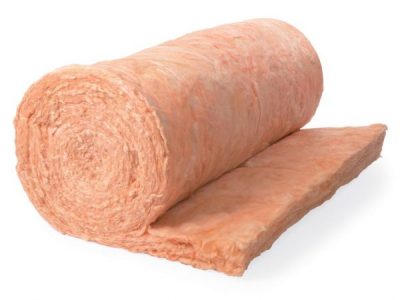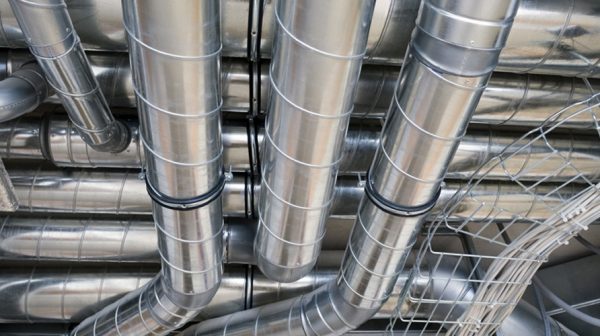Unless a building is quite old, it is required to be insulated. Just about every surface (walls, windows and doors) all have insulation. You may have not thought about it in this way, but clothes and blankets are also insulation. So, how does insulation work? Read on to find out!
The purpose of insulation is to slow down conductive heat transfer between two points. In the case of a wall, the exterior may be very cold with the inside nice and warm. The heat that is inside wants to get to the colder outside. This is a law of nature similar to water flowing downhill or air moving from high pressure area to low pressure areas. To slow the movement of heat, engineers can select materials that don’t transmit it as effectively. Metal is an example of a material that would transmit the heat very quickly while air is a very inexpensive (it’s free) substance that slows down the rate of transfer. The trick is to make the air stagnant and this is done by trapping it in a lightweight, bulky material. Another way to put it is to say that the insulation works not because of the material but because of the air trapped in the material.
There are many different types of insulation, and they are rated using a number called the R-value. The R-value is mathematically the inverse of the U-value which is the overall heat transfer coefficient. For the U-value, smaller numbers conduct less heat. Since the R-value is the inverse, the larger the R-value the better the insulation. Typical R-values are R-13 for walls, R-30 for roofs and R-1 to R-5 for windows.
When a wall is designed, the R-value of the insulation doesn’t tell the whole story. The total R-value of the wall must be calculated to include additional building layers or to include any thermal bridges. Additional layers such as drywall, vapor barriers and siding can all slightly increase the R-value. The wall framing (especially if it is metal), window frames without thermal breaks and any gaps in the insulation can all cause the overall R-value to be lower than the insulation’s R-value. As you probably guessed, engineers have computer programs that help a lot with these calculations.
The walls, doors and roof of a building (AKA: the envelope) are a critical element in energy efficient design. It is also a part of the building where more isn’t always better. At Forward Engineers, we can test design options and provide a client with estimated expenses letting them make an informed decision on how much insulation to install. If you are seeking to work with an engineering firm that is client-centered and strives to provides services that are on time, on budget and exceed expectations, please contact us. We would love to work with you on your next project!


